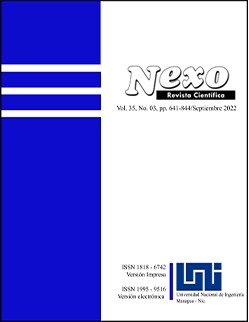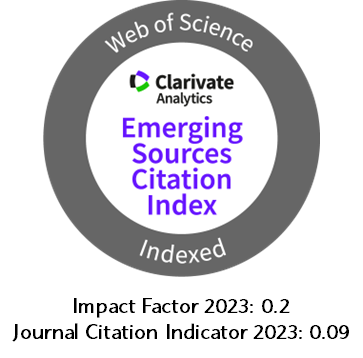Methods for the Classification of Radar Objects
DOI:
https://doi.org/10.5377/nexo.v35i03.15012Keywords:
object classification, hyperdimensional vector, radar object, trace information, recognition, tupleAbstract
Currently, many different algorithms have been developed that implement the classification problem. Of particular interest is the use of automatic classification algorithms in radar systems. In each such system, one has to solve the classification and recognition problem for detected targets. The work of an operator analyzing the information can take place in conditions that hinder assess of the control object’s state. This is due to the absence or insufficient amount of reliable information about some radar target properties. A radar target is understood as any material object that can be detected, and its location and movement parameters can be measured using radar methods. We consider air, ground and surface objects as a radar object. Object classification algorithms are used in various fields when analyzing the properties of an object. This paper discusses the main methods for the classification of radar objects.
Downloads
335
Downloads
Published
How to Cite
Issue
Section
License
Copyright (c) 2022 Universidad Nacional de Ingeniería

This work is licensed under a Creative Commons Attribution 4.0 International License.
The authors who publish in Nexo Scientific Journal agree to the following terms:
- Authors retain the copyright and grant the journal the right of the first publication under the license Creative Commons Attribution License, which allows others to share the work with a recognition of the authorship of the work and the initial publication in Nexo Scientific Journal.
- Authors may separately establish additional agreements for the non-exclusive distribution of the version of the work published in the journal (for example, in an institutional repository or a book), with the recognition of the initial publication in Nexo Scientific Journal.
- Authors are allowed and encouraged to disseminate their works electronically (for example, in institutional repositories or in their own website) before and during the submission process, as it can lead to productive exchanges, as well as earlier and greater citation of published works.











